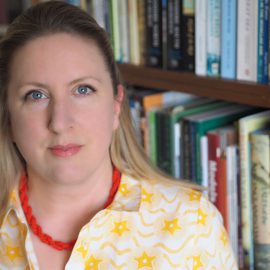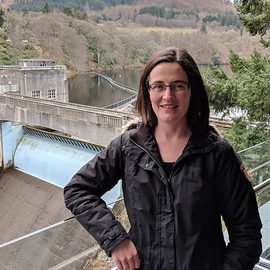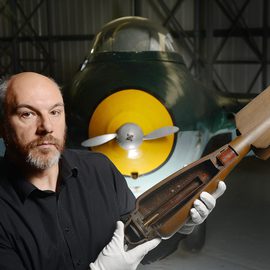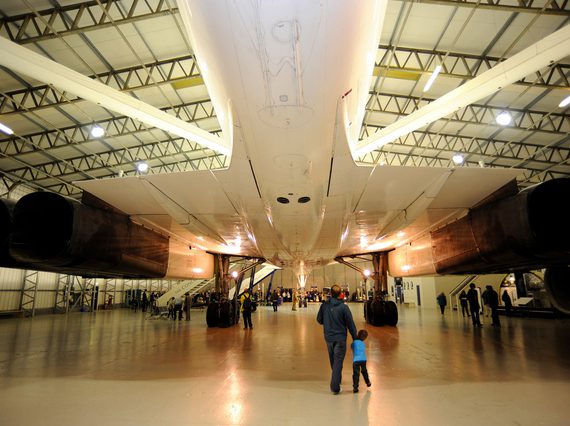
Technology
Our Technology collections cover a wide spectrum of objects relating to industry, engineering, communications, transport and agriculture.
The past, present and future of energy production in Scotland, and its consequences for the environment, can be explored through objects ranging from the 1876 Boulton and Watt beam engine to contemporary renewables.
Communications objects tell rich Scottish stories, such as a piece of the first Transatlantic telephone cable that ran from Oban to Nova Scotia, which carried the ‘hot line’ between the White House and the Kremlin during the Cold War.
Vehicles on land, sea and air are represented in the transport collections, reflecting the development of transport from horse-drawn carriages to jet-powered supersonic aircraft, and from wooden boats to autonomous vehicles.
Our agricultural collections illustrate the mechanisation of arable and livestock farming in Scotland, from hand-tools to horse-drawn and motorised land-working machines and equipment such as threshing machines, ploughs, tractors and combine harvesters.
Objects from the Technology collections are on display in the Science & Technology galleries at the National Museum of Scotland, as well as at the National Museum of Rural Life and the National Museum of Flight.
Meet the team
Postdoctoral Researchers
PhD Students
Technology stories
- Discover
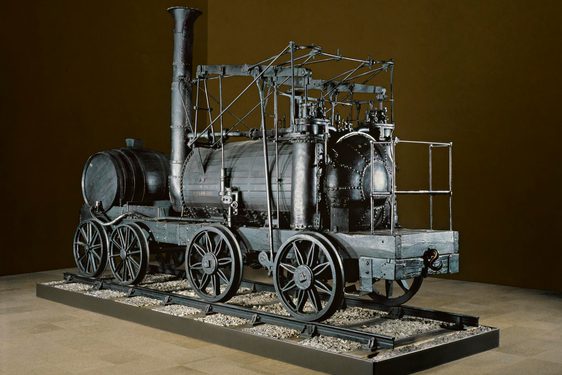
Wylam Dilly: One of the world's oldest locomotives
Wylam Dilly is one of the world’s two oldest surviving locomotives. Built in 1813, it used to pull coal along the Wylam Wagonway to the river, near Newcastle upon Tyne.The Wylam Dilly steam locomotive is named after the Wylam Colliery,… - Discover
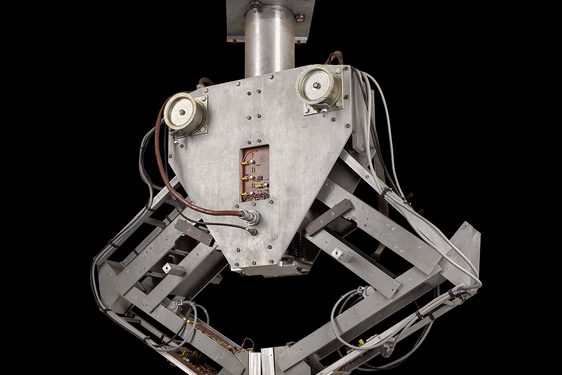
Freddy the Robot: A 1970s glimpse into the future
Developed in the 1970s at the University of Edinburgh, Freddy the Robot was the world’s first 'thinking robot' to combine a seeing eye and a feeling hand. It was part of an important era in robotic development, and was amongst the first… - Discover
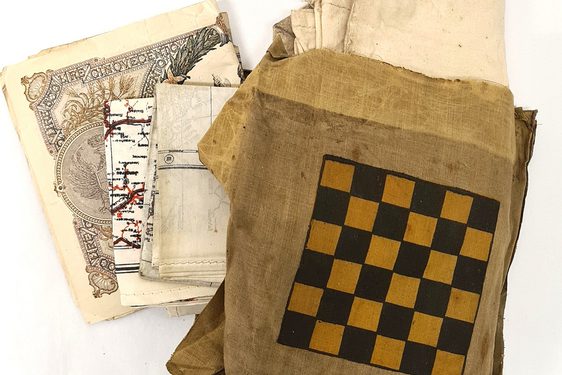
Escape and Evade: How to avoid capture in the Second World War
In 1939, a secret department of Military Intelligence (MI9) was formed. It employed the inventor Christopher Clayton Hutton and former magician Jasper Maskelyne. Their remit was to devise ingenious ways to smuggle maps, compasses, money…
